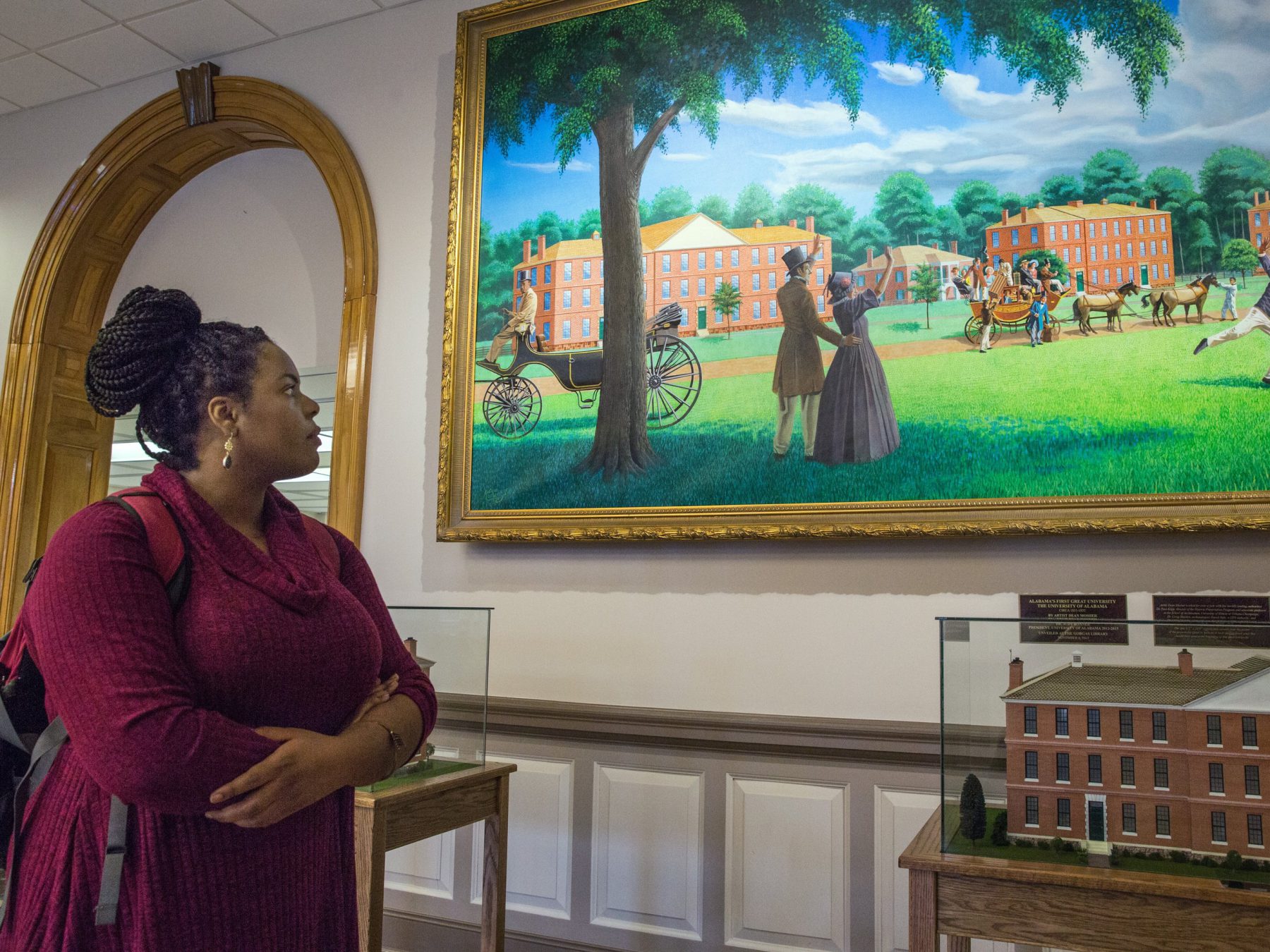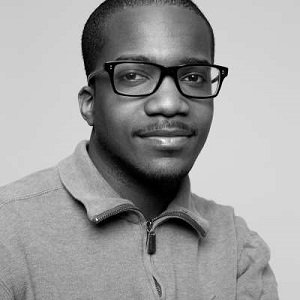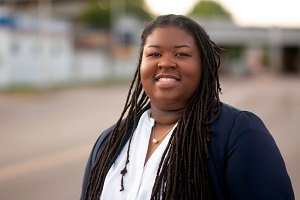
When Victor Luckerson became editor-in-chief of The Crimson White in 2010, he was only the second Black student to lead The University of Alabama’s then-116-year-old campus paper. He brought an ambitious goal: to broaden the diversity of the newsroom.
But changing the predominantly white student newspaper in a state that once relied on slavery as its most lucrative source of commerce proved to be a tall order.
“While I was editor, I was able to focus on race and history, and we tried to recruit a more diverse newsroom,” said Luckerson, 32, who was editor-in-chief from 2010 to 2012. “It didn’t happen to a great extent – we were a pretty white newsroom.”

Frustrated with The Crimson White’s low diversity numbers, Luckerson came up with another tactic as an alumnus to address the problem. After the 2020 murder of George Floyd, Luckerson founded a novel nonprofit called MASTHEAD – Media Alumni Seeking to Highlight Equity and Diversity – as the nation and news organizations struggled with racial reckoning.
He said the focus of MASTHEAD is to help University of Alabama students achieve their goals of working in the media and to bring in a more racially diverse student workforce at the predominantly white Crimson White. Each semester MASTHEAD offers stipends for two reporters at the student newspaper to cover race and diversity. One reporter has been hired.
Before creating MASTHEAD, Luckerson engaged several student leaders at Nineteen Fifty-Six, a student-run publication that focuses on African American news and culture at The University of Alabama.
Today, maintaining diversity at the paper is still a challenge, but there has been some measurable progress, said current Editor-in-Chief Keely Brewer, a 22-year-old senior. But the staff is still 72% white and 18% Black, and among editors, 76% are white and 7% are Black, according to Brewer.
Amethyst Holmes, 31, a University of Alabama alumna, worked closely with Luckerson on MASTHEAD and focused on building a mentorship program to help students of color.
“We see ourselves in these students,” said Holmes, who works for a nonprofit in Washington. “We want to give them encouragement, to let them know they are worthy and valuable assets to any news organizations. This is the right time, an exciting time. We’re getting students of color ready for a journalism industry that awaits them.”

Holmes said her experience as a Black woman at the University of Alabama was positive but added that she still felt affected by racial episodes incidents that targeted Black students and other minorities over the years.
“I’m not immune to the negative history of the university,” Holmes said. “I am not unaware of the racist incidents on campus.”
Holmes knows that the University of Alabama and the state of Alabama have racist and painful memories. For many Black Alabamans, the Confederate flags that still fly from neighborhood porches and pickup trucks are stark reminders of the state’s Jim Crow laws, lynchings and the Civil Rights movement.
In 2019, The Crimson White published a powerful editorial under the headline: “The University must acknowledge its history of racism”
“In detailing this brief history to make a point: the University of Alabama was built on a foundation of anti-Blackness. … With a past as deeply entrenched in racism and anti-Blackness as the University of Alabama’s, one cannot simply turn a blind eye to injustice. Every day must be treated as a part of the battle to overcome the inequities of the past. … The students of color at this campus deserve better.”
And in announcing the creation of the MASTHEAD in a Facebook post on Oct. 5, 2020, Luckerson expressed his own passionate assessment about race and history at the university.
“Over its long history, The Crimson White has tended to promote white student journalists to positions of power. There have been two black editor-in-chiefs in the news organization’s entire history–one 20 years ago (Joseph Bryant), and one 10 years ago (that was me). Because this is not the result of an explicitly discriminatory scheme hatched in a shadowy basement–and because such schemes are so sadly common at Alabama–the CW has often gotten a pass when it comes to race.
“But it has still historically been an organization that filled its roster by pulling people from predominantly white social networks, and the driving editorial direction of the organization is often centered on the activities of mostly white [Student Government Association] and the historically white segment of the Greek system.”
Today, Luckerson lives in Tulsa, Oklahoma, and is writing a book about the Tulsa race massacre of 1921. But he still clings to his mission for the MASTHEAD two years after its inception.
“We were trying to find ways to change the infrastructure of this place, find a way to focus on diversity,” Luckerson said. “There’s no Black editor at The Crimson White now. I had a vision of creating a pipeline for students of color to work at the newspaper. It’s still my vision.”



